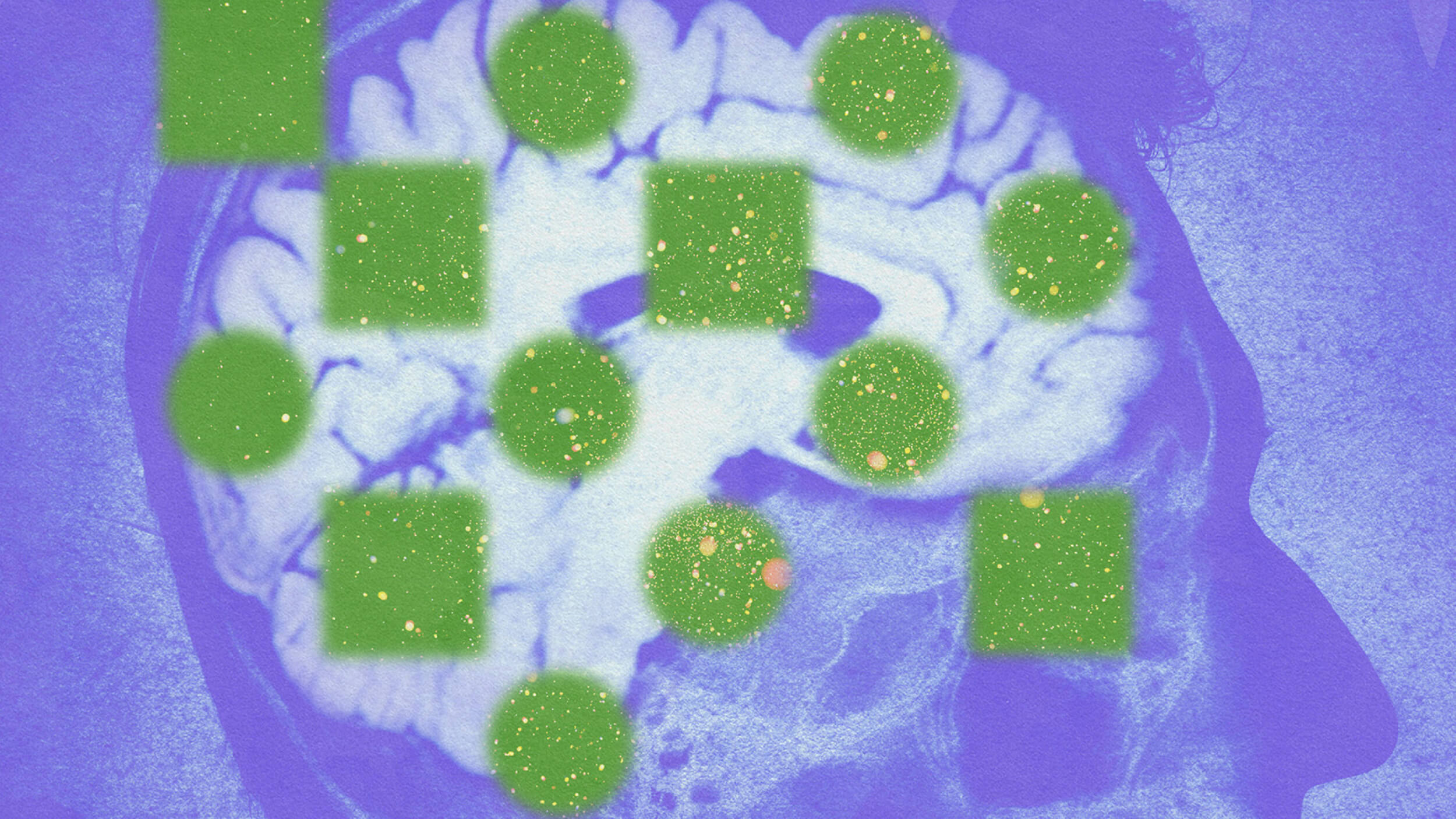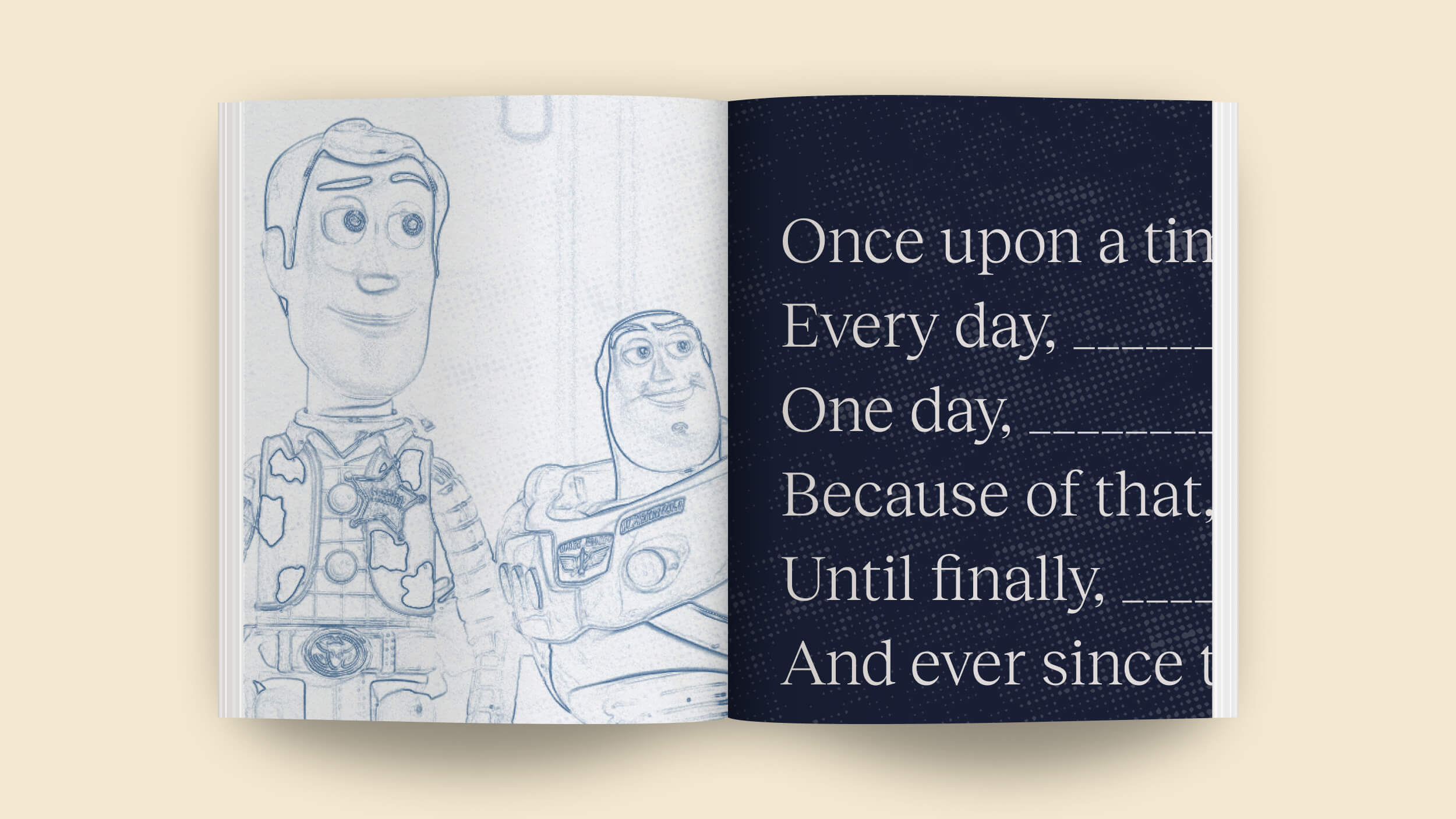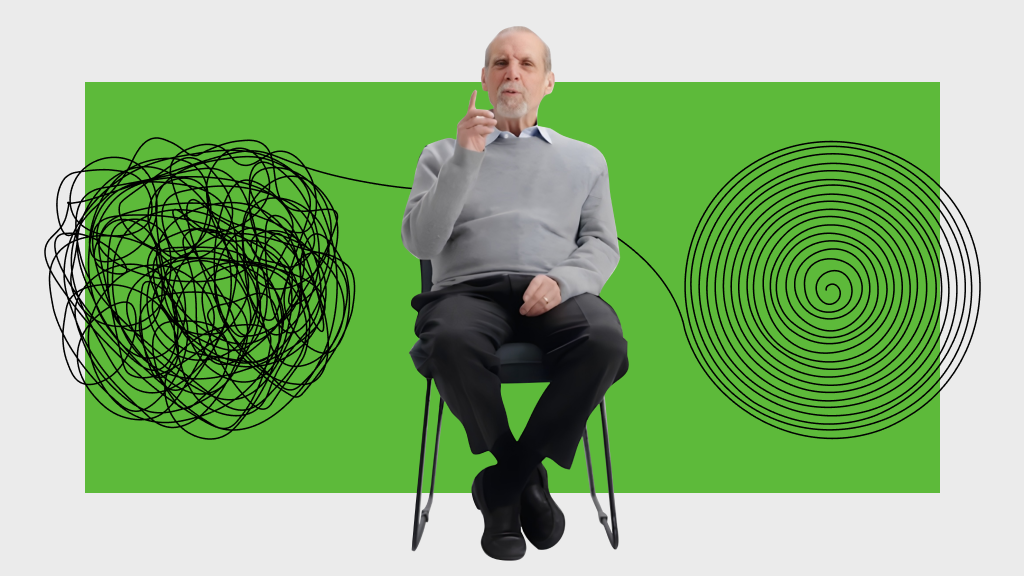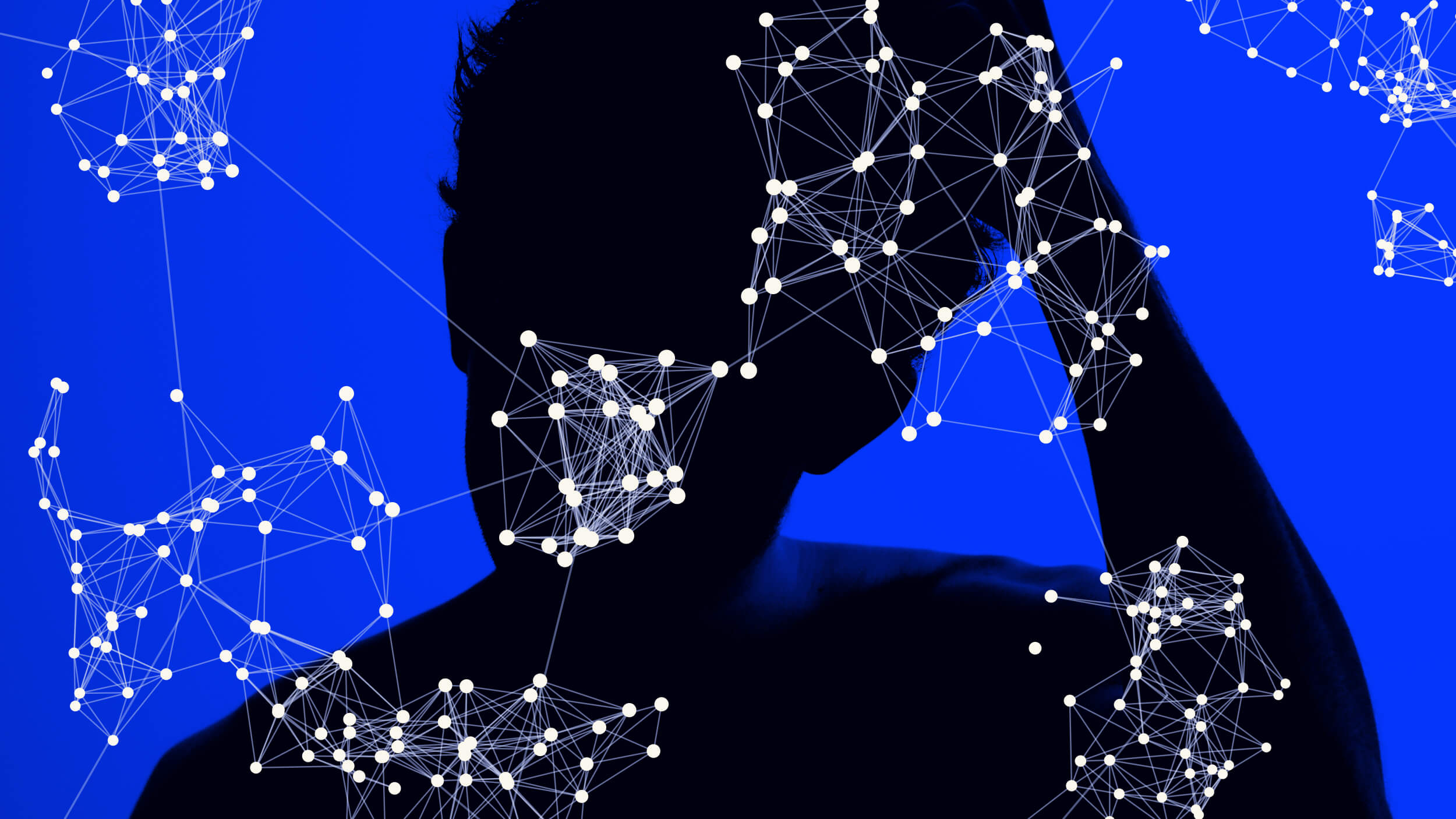Understanding animals’ “personalities,” says psychologist Sam Gosling, can help us better match them with owners and tasks. We may even someday see a “D-Harmony” for dogs and humans.
Question: Can animals have personalities?
rnSam Gosling: Well, yeah, for a long time we've been looking at personality in nonhuman animals. And when we started doing it, I have to say we—it met with a lot of resistance; resistance from people who thought it was anthropomorphic to talk about personality in animals. And there certainly is anthropomorphism that goes on. So in one of our early studies we didn't have any measures specifically for animals, so we were just using human instruments on animals. So we were asking, for example, owners to rate their dogs on a human personality instrument. And they did that very effectively, so they were happy to rate their dogs on things like whether it's aggressive and friendly and maybe—you know, high-strung—sorts of things you could easily see applying to animals. But we wondered what would happen when they got to some of the words which you'd think would be a greater stretch. And one of the terms on the questionnaire was philosophical. So when people come to rate their dogs at philosophical, we wondered what people would do. Would they leave it blank? Would they like write a note on it? Would they, you know, ask us, hey, I don't understand; how could I rate—we wondered what would happen. What in fact happened was, people perfectly happily rated their dogs on philosophical. They—you know, they didn't even pause.
rnNow, dogs aren't philosophical; at least, they're not philosophical in the way that humans may be philosophical. They may appear as though they're philosophical. So this really is a case of anthropomorphism. So anthropomorphism clearly does go on. But just because it goes on, that doesn't mean we have to like shrug our shoulders and walk away. It means we just have to be careful. It doesn't mean that every time we talk about personality in an animal it's anthropomorphism. Some of it might be; some of it might not be. And so our initial research was really saying, can we measure personality in animals in a reliable, valid way? And we found we could. And we worked in all kinds of species, so we've worked with dogs and cats, spotted hyenas; we worked with chimpanzees; we've recently even worked with squid, looking for personality in squid. And once you can measure personality in animals, then you can do all kinds of really interesting things.
rnFirst of all, you can ask questions within animals themselves, so just looking at how does personality evolve. So this is—you know, behavioral ecologists would be interested in this—just within animals in their own right. You can also look at animals and say, okay, what can we learn—what can studies of animal personality tell us about human personality? So we're using that as a model for learning about humans. We have one study going on right now where we're trying to look at risk-taking behavior in chimpanzees, because we're very interested in risk-taking because high risk-takers, they get themselves and others into trouble; they drive fast, they take drugs, they have unsafe sex, they do all kinds of things that we care about. So we're trying to say, in this more controlled environment of looking at chimpanzees, what can we learn about the biological and genetic basis of risk-taking that will help us understand it and treat it in—or come up with interventions—in human populations? And then the third area that animal personality has applications is in applied fields.
rnSo can we identify dogs at shelters that are best matched to certain owners? Many—most people who return dogs to dog shelters after they haven't worked out, it's because they—it's the behavioral problems. It didn't work out right, which is really personality. So can we do something akin to what goes on with romantic matching? Rather than matching, you know, person to person, can we have a d-Harmony, you know, e-Harmony for dogs, where we're matching dogs to their owners in the hope of trying to make those relationships more effective in the long term? And we have a number of projects going on looking at that right now. And then another way that's very practically useful is trying to find dogs that are best suited to certain tasks. So just like some people would be better librarians versus journalists versus salespeople, the idea is, are some dogs suited to tasks? One of the tasks that dogs are most—one of the tasks that we see a lot of dogs used in is in drug detection and explosives detection. So we're working right now on explosives detection dogs, saying, can we find dogs that have a personality that's well suited to that occupation? When I first started—came into that field, I thought, well, what does it have to do with personality? I thought the dogs that are going to be really good are the ones that had very good noses, that are very good at detecting where the various explosive **** are through their noses. But it turns out that most of the dogs can find most of the explosives most of the time in conditions where it's a quiet air-conditioned warehouse in Texas. Most of the dogs can find most of the bombs most of the time. However, when you're out in the field—when you're in Iraq—and there's helicopters flying above, and there's gunfire, and there's herds of goats running by, and the handler is anxious, and all kinds of things going on, some of the dogs can't handle that. They can't continue to work. You need dogs that are going to be able to handle that stress. And when there are frightening things, when there is a loud noise, can they recover quickly and get back to work quickly? So it turns out that although you have to be able to detect the bombs with your nose as a basis, whether or not you will be able to effectively implement your nose in the field is really determined by personality characteristics.
rnQuestion: How has your research affected your own relationship with animals?
rnSam Gosling: I don't have pets. But, you know, one of the things that I found very helpful is thinking about breeds. Like many people, I used to be very dependent on breeds as a basis for predicting how an animal will behave. And even when I started studying this, I continued to believe, well, surely—one of the reasons, one of the driving forces in breeds, is their behavior. So we do asso—tend to think that certain breeds have certain personalities. So in approaching those, even after I started this work I continued to believe that until I saw the data. And what's really amazing is that there is so much variation even within breed. And that—you know, we were talking about stereotypes. We talked about—we have stereotypes of certain breeds. Sure, that's a good, maybe, starting point. But you have to be willing to drop that stereotype very, very quickly, because so much of the differences in personality is accounted for by individualities within the breed, not the breed itself.
Recorded on November 6, 2009
Interviewed by Austin Allen





